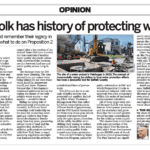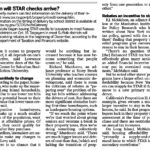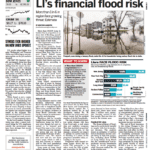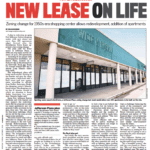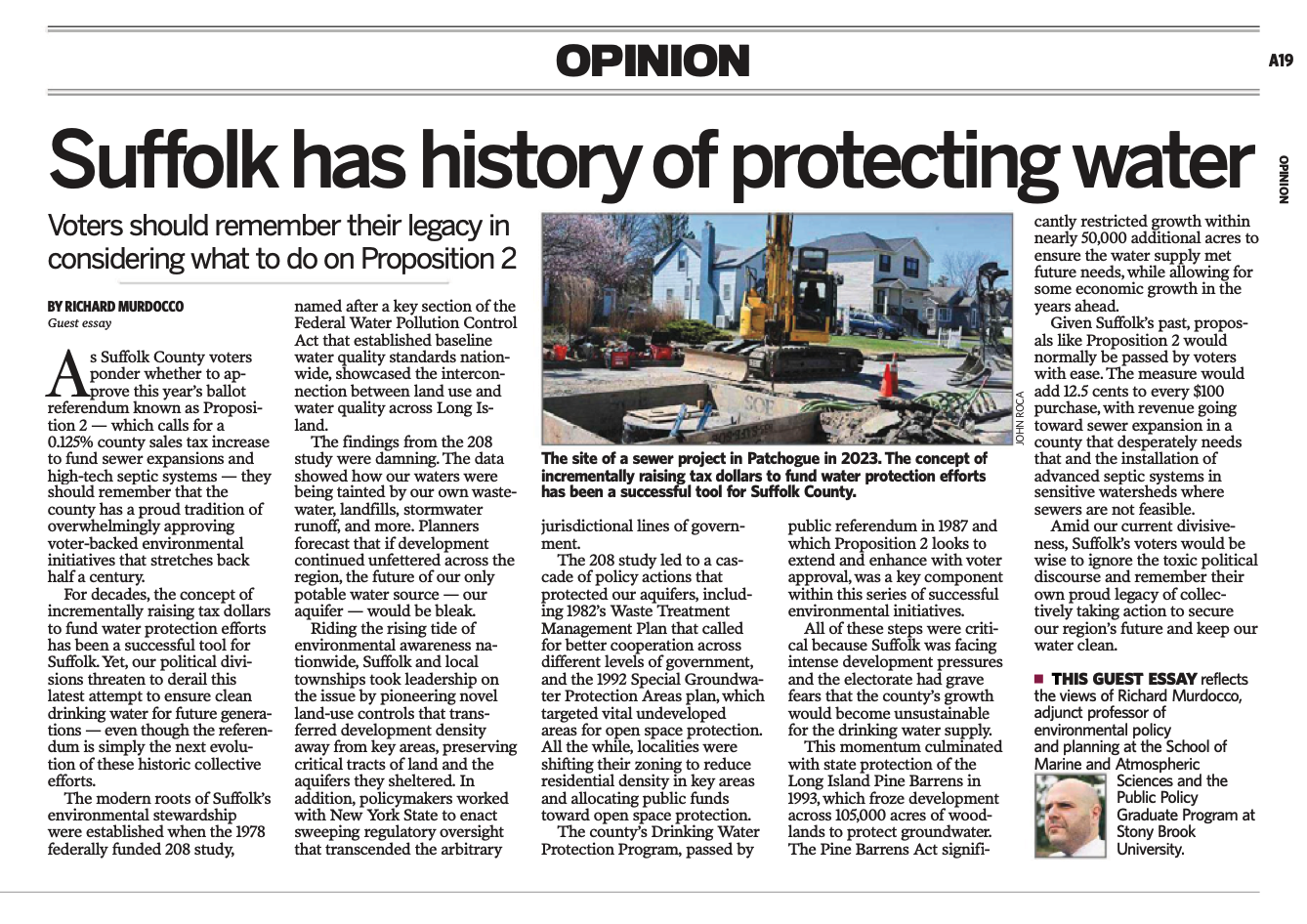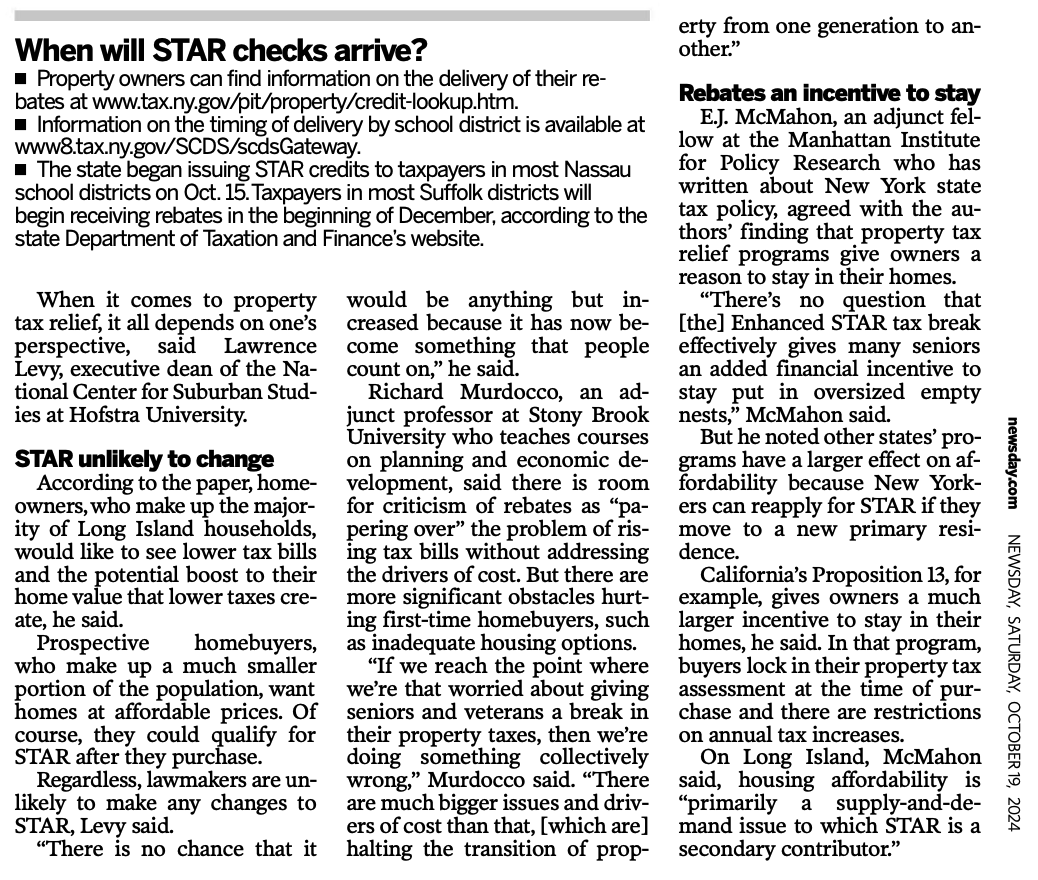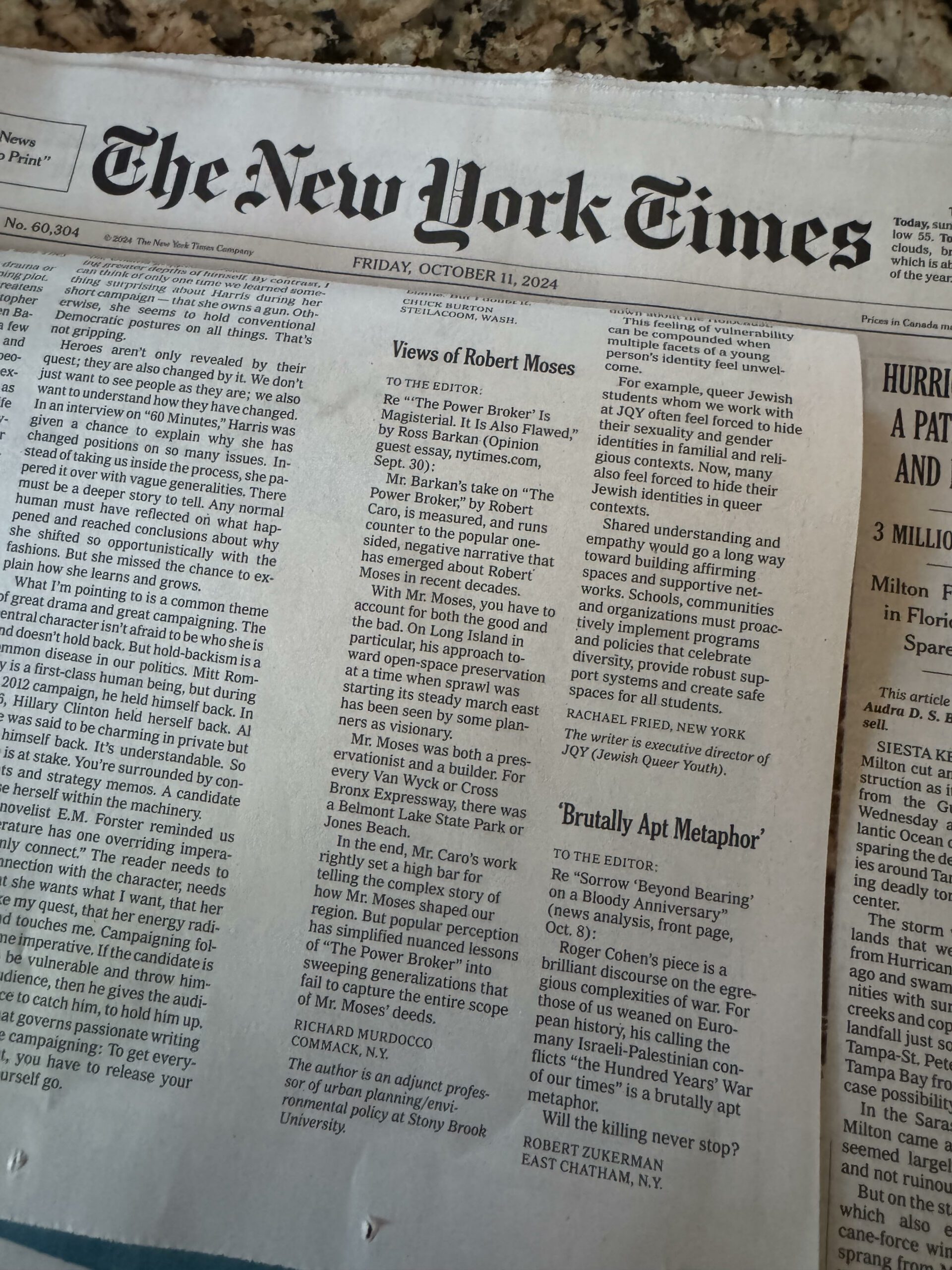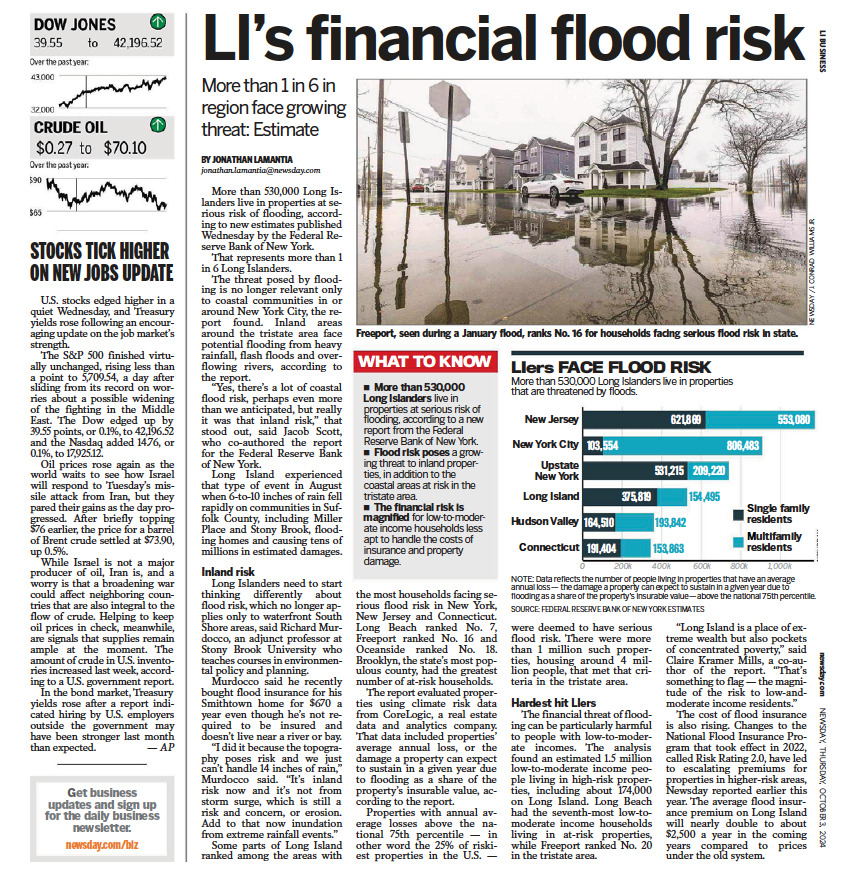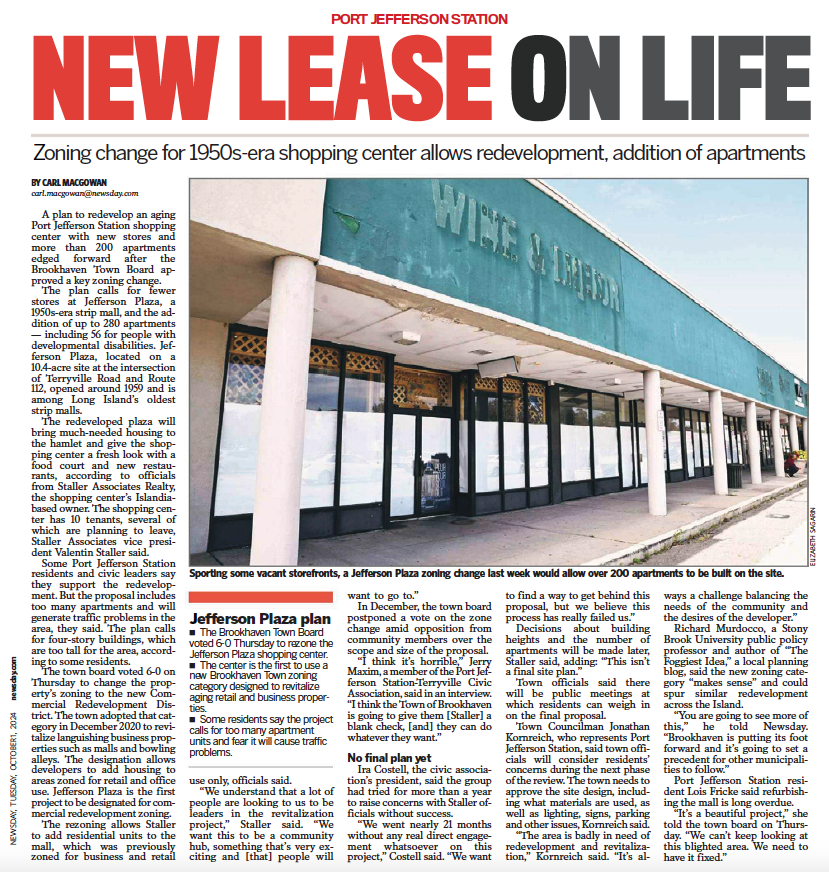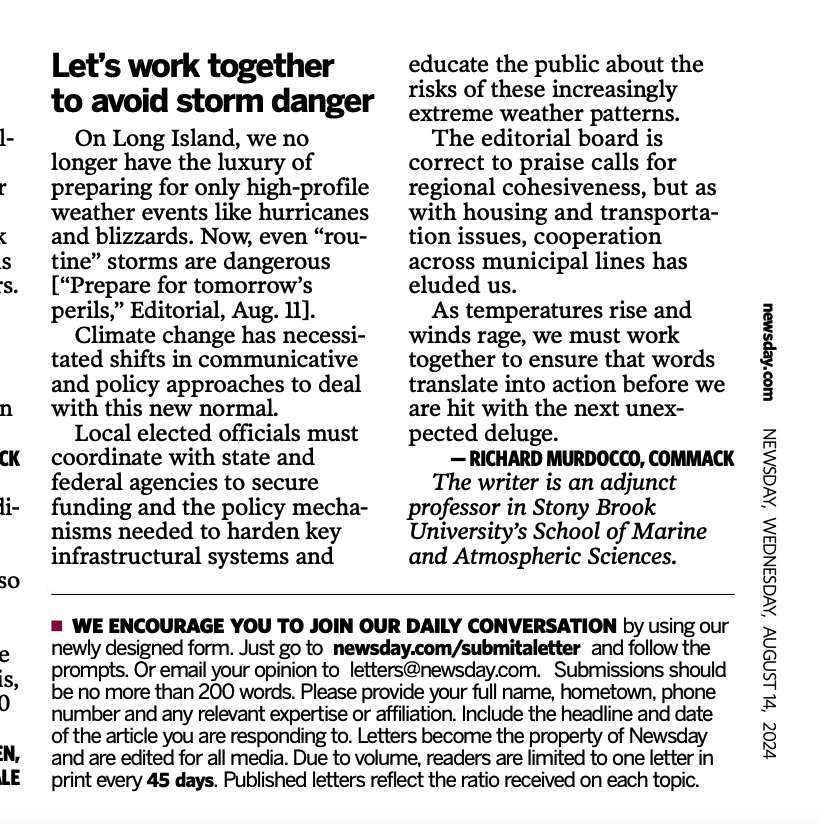The following was written for the Long Island Press on January 8, 2016.
Spencer Rumsey, Senior Editor of the Long Island Press, worked with me on the column as well . The original can be read here.
The federal government is proposing a multi-billion-dollar monumental expansion of the Northeast Corridor passenger rail line that, if realized, would run high-speed trains straight through the heart of Long Island.
Surprisingly, aside from a few well-connected insiders, most Long Islanders haven’t heard about this project, but they’ll get their first chance to express themselves at public hearing in Mineola on January 12.
“We’re hopeful that we’ll get the turnout to hear what folks are thinking about the effort,” said Rebecca Reyes-Alicea, the Federal Railroad Administration’s Northeast Corridor Future Program manager.
Since 2012, the Federal Railroad Administration (FRA) has been preparing a comprehensive plan for the Northeast Corridor (NEC) to improve service and resiliency of the much-travelled route between Boston and Washington, D.C. The goal is the creation of an investment program that will guide passenger rail service improvement projects through 2040.
The specifics can be found within the Tier 1 Draft Environmental Impact Statement. Additional information is at The Foggiest Idea, my online land use resource, which first broke the story in December on how the proposal could impact Long Island.
For us here, the proposal entails an all-new high speed rail network that stretches from Floral Park to the Village of Port Jefferson, where it travels 22 miles under the Long Island Sound via a tunnel to emerge in New Haven. Trains along the route might routinely reach speeds of nearly 160 mph, with stations placed at major existing transit hubs such as Ronkonkoma. According to the draft statement, “roughly 75 trains a day” would connect Ronkonkoma and Boston’s South Station through its proposed Alternative 3 route option.
The draft statement raises significant questions that extend far beyond the realm of “how are they going to build it?” The most disconcerting comes from the seemingly lackadaisical public input process. For the length of Long Island, a lone public hearing is scheduled at the Nassau County Municipal Building, 1550 Franklin Ave., next Tuesday.
Why are there public hearings set for Nassau County, New York City and other impacted areas, but not in Suffolk County, where a significant portion of this project is planned to be?
This isn’t to say that some local officials aren’t aware of the NEC Future project.
Politically, this project is both ambitious and unrealistic. It strives to set the tone for a developmental approach that local governments could take in the next five, 10 to 20 years. But hardly any input is being solicited for the 1.5 million or so residents who would be affected. This omission is especially troubling, considering that the public is being brought into the fold now, even though the planning process began in 2012. Starting that year, meetings were held with various transportation and railroad agencies, including the Port Authority of NY and NJ, the MTA and LIRR.
In 2013, a meeting on the NEC future proposal was held with Nassau County’s Department of Public Works as well as with Suffolk County’s Department of Economic Development and Planning. Officials from both counties were briefed in September and October of 2014. Seemingly, these meetings outlined the project thoroughly, as the DEIS states: “Briefings on the program were also provided to Nassau and Suffolk Counties’ (New York) representatives to explain the program and discuss potential Long Island route options.”
In October 2014, an economic development workshop was held in Farmingdale to discuss the NEC Future proposal. As its agency reported: “Private developers, local planners, economic development professionals, and academic institutions were invited to the workshops to help understand the key factors that affect station area development, broader economic development, and barriers to development.”
Has anyone heard a peep from our two county executives about this high-speed rail plan? They’ve been briefed, supposedly, but not even a discouraging word has come from either Suffolk County Executive Steve Bellone or Nassau County Executive Ed Mangano, nor from their deputies or planning officials.
This week at the Crest Hollow County Club in Woodbury they delivered their “annual state of the counties report” to 800 people at the Long Island Association’s Executive Breakfast, but the big story was Gov. Andrew Cuomo’s announcement of his sweeping infrastructure plan for the Island that highlighted his support for a 9.8-mile third track for the LIRR’s main line in Nassau between Floral Park and Mineola—an idea that’s only been kicking around since 1988. Cuomo said he would ask the State Legislature to include $7 million in the 2016 state budget for a feasibility study. Ultimately the third track upgrade could run as much as $1.5 billion, but he said he’d commit the MTA’s next capital program to funding it.
Now, with the FRA’s ambitious plan for the Northeast Corridor coming down the line, what will happen to the MTA’s much-needed third track project? If Alternative 3, the option that uses Long Island as a viable option for increased rail service to New England, is selected, will the federal government utilize eminent domain to secure clearance on the new railway’s right-of-way? It certainly wouldn’t bode well for Stewart Avenue in Garden City, given what we know now. Here’s another question: are our local policymakers within Suffolk County and the Towns of Babylon, Islip and Brookhaven aware that the federal government is looking to tie together Long Island’s large-scale regional projects with a high-speed rail network?
When asked about the project, Rep. Steve Israel (D-Huntington) said in a statement, “Increasing long-term investments for passenger rail infrastructure is vital to the economic growth of New York and the entire region. I will continue to fight for increased federal funding to strengthen the Northeast Corridor’s critical infrastructure and improve the safety and efficiency of rail service.”
“We have no comment on the NEC Future draft findings, which are still undergoing public scrutiny,” said Sal Arena, a spokesman for the Metropolitan Transportation Authority, which oversees the Long Island Rail Road. “The MTA has monitored the process from the beginning and will continue to do so going forward.”
Understandably, the MTA preferred to keep the focus on Gov. Cuomo’s plan for the LIRR, as he unveiled it at the event sponsored by the area’s largest business organization.
“Monies would be better spent to do the necessary studies for the LIRR’s Third Track,” said Kevin Law, president and chief executive officer of the Long Island Association. “The Third Track is real, albeit, it has been difficult to get off the ground. The NEC is a pie-in-the-sky alternative that will never happen, even if someone gives Long Island $100 billion or so to build it…. If you were starting Long Island from scratch, it could make sense, but not now.”
“The proposal makes no sense economically for the region, especially Nassau and Suffolk Counties, considering that we have more pressing priorities that have been around for the last half century that we haven’t been able to build,” observed Dr. Lee Koppelman, who served 28 years as the first Suffolk County Planner and 41 years as the regional planner for Nassau and Suffolk, and has been the executive director of the Center for Regional Policy Studies at Stony Brook University. “Those examples include double tracking the North Shore LIRR branches, creating an extension of the central main LIRR line to Calverton in Riverhead, or finishing up the Second Ave Subway, which would tie into the East Side Access project. All of these pre-existing projects would all have economic positives that Long Island would benefit from.”
Koppelman raised an essential point that wasn’t addressed by Gov. Cuomo’s recent announcement at the Crest Hollow Country Club.
“The MTA is short roughly $20 billion in funding to meet the current needs of their infrastructure,” said Koppelman. “Where will the money come from?”
The master planner tried to look on the bright side.
“I am all in favor of the mantra ‘make no little plans,’” Koppelman said, “but there has to be some rationale, evidence of need for this type of large-scale project. In this example, this is merely top-of-the head type of scheming.”
Reached by CBS 2 News’s Carolyn Gusoff for her on-air coverage of the NEC project, the LIA’s Kevin Law expressed his skepticism, whereas former Suffolk County Executive Pat Halpin, a Democrat, was optimistic.
“Of course, it’s feasible,” Halpin told Gusoff. “They do this all over Europe. The Chinese are doing it all through China, and there they have billions of people.”
But, as Gusoff discovered, most Long Islanders in the affected area had no idea this federal project was even in the works.
Alternative 3 isn’t the only avenue the NEC Future project could take. The other options include improving and maintaining the current corridor so that it is in a state-of-good repair, creating new NEC rail linkages in Connecticut, or, the most ambitious, building a new NEC “spine” that either cuts through Westchester County and eventually through Connecticut or an offshoot that cuts through the heart of Nassau and Suffolk Counties.
According to Rebecca Reyes-Alicea, the FRA NEC Future Program manager, the costs range from $65 billion to $135 billion all the way up to $290 billion, but they’d be spread over time to make it less onerous. She told us that “the cost of doing nothing is so much greater,” explaining that all the current modes of transportation in the corridor, whether by rail, highway or air, are already at their capacity. What’s driving the federal effort, she stressed, are the number of choke points on the route now, plus the aging infrastructure—in some places more than a century old—and the region’s growing population.
“Long Island is such an important market in the Northeast but it doesn’t currently have inter-city service,” said Reyes-Alicea. “We want to connect cities by rail… It is a challenging concept to absorb [because] it’s looking out to 2040.”
Realistically, the NEC Future project faces enormous hurdles, thanks to the billions needed to build it, as well as the sizable expected pushback from residents and local elected officials up and down the corridor. For now, the main issue is the marked lack of input the public has had so far in the project’s promulgation.
Planning, especially at the regional level, must include stakeholders across all levels of government and expertise. A project of this magnitude affects states, counties and, on Long Island, a myriad of local village governments. Further, the environmental impacts to our region’s sole-source aquifer were mentioned only briefly in chapter 7.7 of the draft.
It is pretty damning that a project of this scale and breadth would not be mentioned once by any Long Island official during the various ribbon cuttings, groundbreakings or press conferences here.
Unfortunately, it seems that keeping the public in the dark about this proposal is the typical business of “planning” on Long Island, and for the vested interests and stakeholders involved, business couldn’t be better. All aboard?
–with Spencer Rumsey


